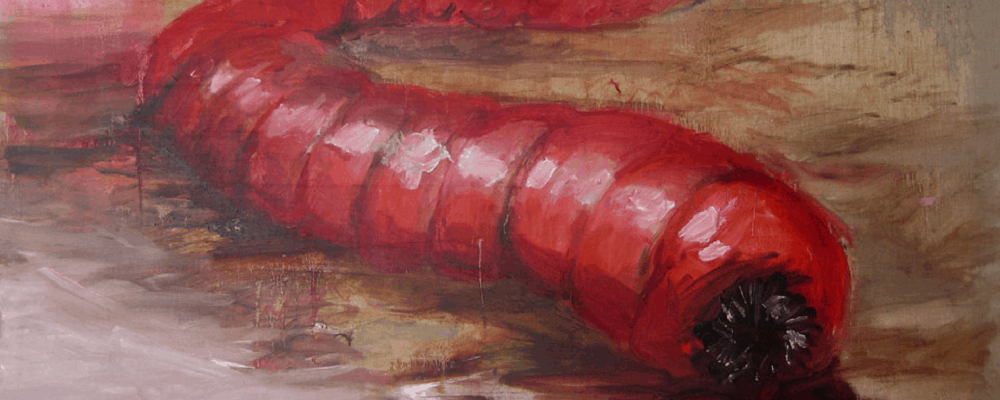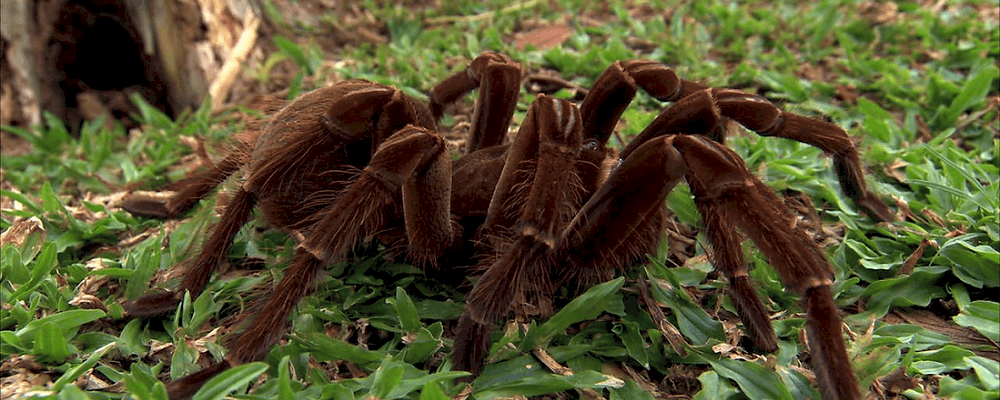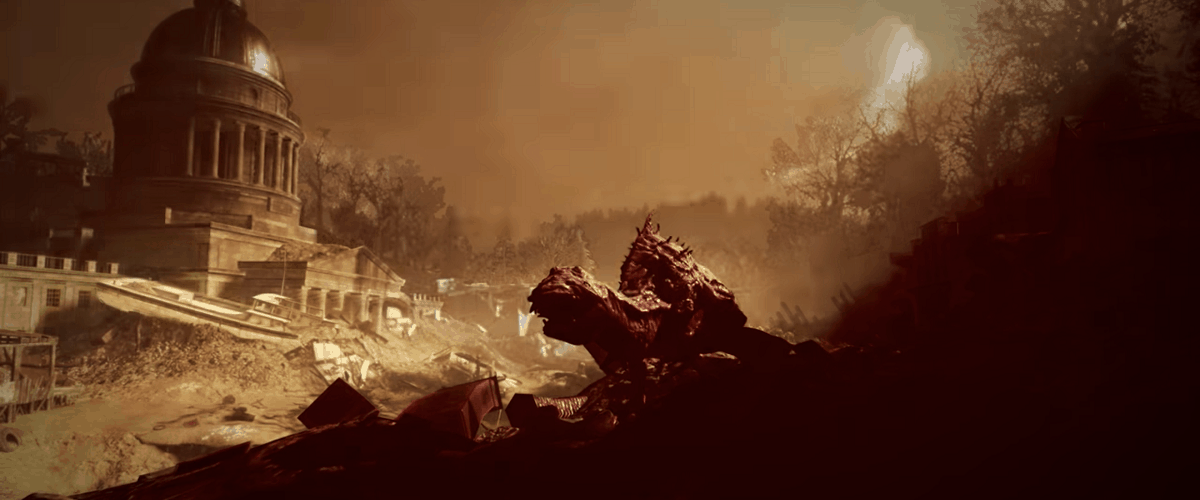There are countless creatures around the world. And even with today’s technology, we still haven’t discovered them all, let alone understood them. Often times those unchecked forms of life become popular myths and legends. People tell stories of sightings they don’t understand and those stories become skewed over time. They become cryptids. But there are a few cryptids that might be a bit more fact than fiction. Here are five creatures that, while just a legend, can be traced to real-life animals.
The Hopkinsville Goblins

There was an instance in 1955, where a family claimed that their farm home was attacked by a barrage of small, humanoid creatures with large heads, eyes, and ears. The police report claims that the group was in a gunfight against 12 to 15 creatures for nearly four hours. They claimed that these short, dark creatures with yellow eyes were approaching the home and peering in through the windows. A police search found nothing, however. The family then moved away after claiming that the goblins returned later that night.
While gaining traction in popular media, most analysts agree that the creatures were actually a group of Great Horned Owls. These birds match the general description of the creatures, are found in that area, are nocturnal, and are terribly aggressive over their nests. It was also reported that the family was drinking alcohol at the time. It’s entirely possible that they had formed a nest nearby, and the commotion from the house instigated the birds.
The Mongolian Death Worm

Not all cryptids are American. This giant worm creature is a common concern in Gobi Desert, where it is known as the olgoi-khorkhoi. It was first recorded in 1926 in Roy Chapman Andrews’s book On the Trail of Ancient Man. It was allegedly first seen in 1922 as a large, worm-like creature, red and bloody, that would cause an immediate and painful death should you come in any contact with it. Due to this look, it would also be called the Intestine Worm.
The idea of such a creature is certainly frightening. And unfortunately, it’s a real animal. In 1983, the Gobi locals were shown a Tartar sand boa a rare and dangerous snake native to the area. The locals were able to confirm that it was indeed the Death Worm they spoke of. While the Tartar sand boa does not naturally look red, they have a history of killing camels and making nests from within its digestive tract, coating it in blood.
While no longer a mystery, it’s still a tremendously dangerous creature and should be avoided all the same.
The Congolese Giant Spider

Known as the Jba Fofi by the locals, this Amazonian creature is a relatively large form of arachnid living in the jungles of Uganda, New Guinea, and the Congo. Reports of this span as far back as 1890, where a group of missionaries attacked by a group of four foot long spiders. Over the next 100 years, similar reports would appear in close locations, all describing approximately 4-foot spiders with 30-foot webs.
Currently, there have not been any confirmations as to what these spiders could be. Scientists claim that a spider’s exoskeleton could not support that size, nor could their respiratory system. Some claim that they might have seen Coconut Crabs, which are the largest land crab in the world and known to populate the eastern coast of Africa. Others believe it to be the 1-foot long Goliath Birdeater, assuming the the size reported was over exaggerated. Scientists also claim that there could be as many as 5 million undiscovered species on Earth, so the possibility of a modified spider is plausible.
The Jersey Devil

One of the more popular American cryptids, the Jersey Devil is commonly described as half bat, half horse. While it has the wing structure and coarse black fur of a bat, it features the long blunted head and hooves of a horse. It’s also said to have a powerful, unpleasant scream.
The origin of the Jersey Devil, according to myth, is in the 1700s when a woman named Jane Leeds supposedly gave up her 13th child to the devil since she was unable to care for yet another child. The rumor of the Leeds family having occult ties was reinforced when they published almanacs, which many saw as unholy predictions. Even so, the family would often use astrological signs and other pagan-based symbolism on their covers.
Since its original sighting, many families had used the Jersey Devil as an excuse to startle children, like a local bogeyman. With a lack of any visual or physical evidence, most scientists simply reject the idea of its existence. A select few, however, speculate that the creature seen was actually a Hammer-Headed Bat. This particular bat breed can grow up to a foot long and features a blunt shaped head similar to that of a horse. It also is known to have an ominous scream.
The Mothman

While not as explainable as the others, we would be remiss to ignore this growing king of cryptids. The Mothman is quickly becoming one of the most popular cryptids in popular culture in this current generation, outranking top level legends like bigfoot or the loch ness monster. Based out of Point Pleasent, WV, the Mothman is the legend of a giant winged humanoid with glowing red eyes.
It was first reported in 1966 when a group of gravediggers was preparing a grave, only for a large man-like creature to fly over their heads. Three days after, an unrelated couple reported a man with large wings flying over their car, eyes glowing red, as they drove past an old munitions plant. Sightings of similar appeared the following year after a major bridge collapse in. This would lead to the common myth that the Mothman had the ability to predict the future.
Due to its popularity, the Mothman has been investigated by a number of scientists, who found no reliable records of additional reports. In the end, they resigned to believe that the Mothman sightings were nothing more than an owl grown to larger than average size.

